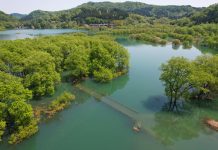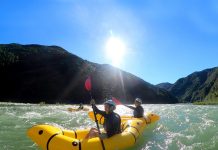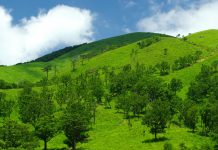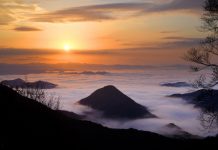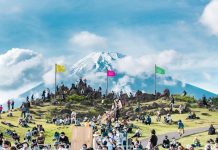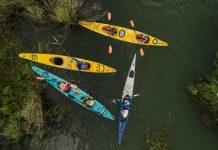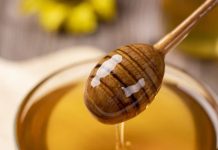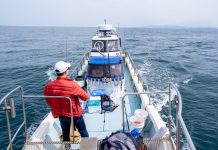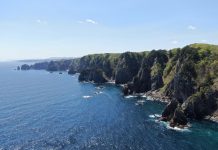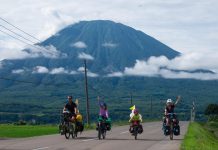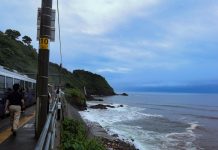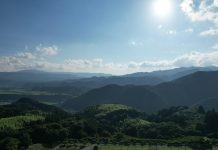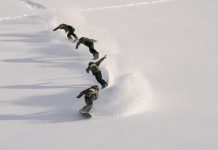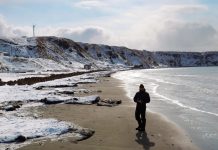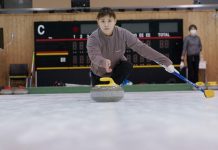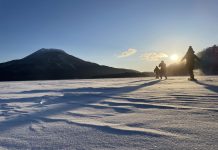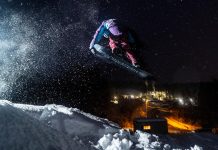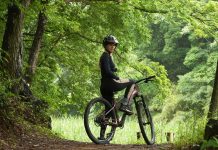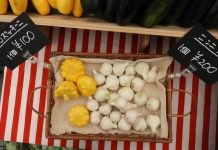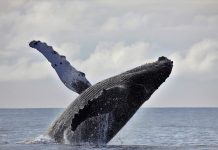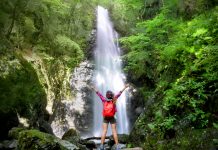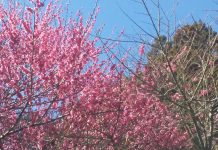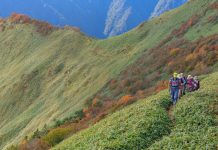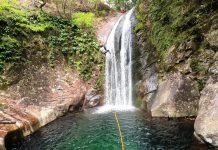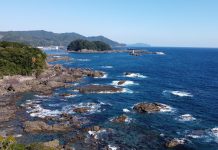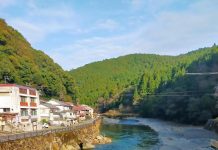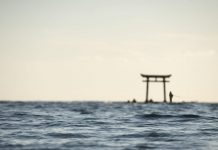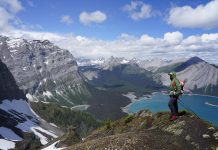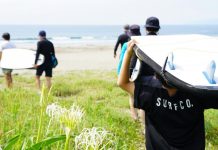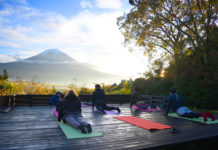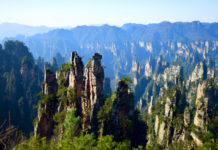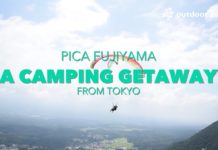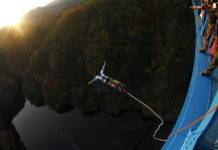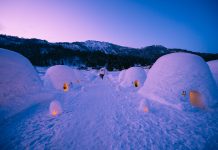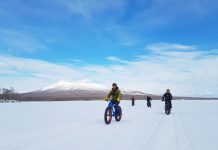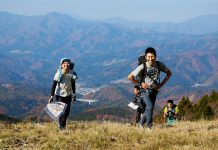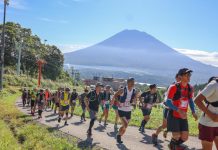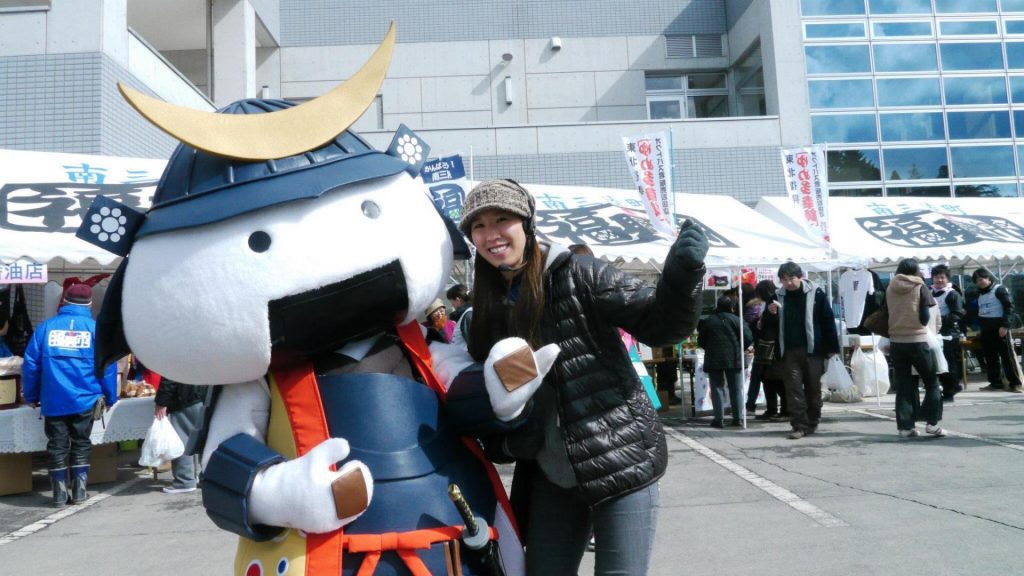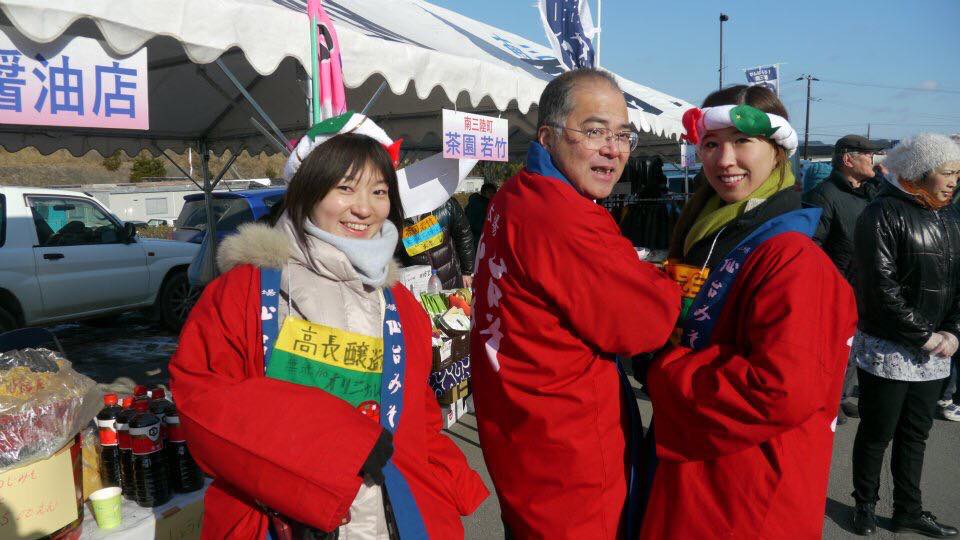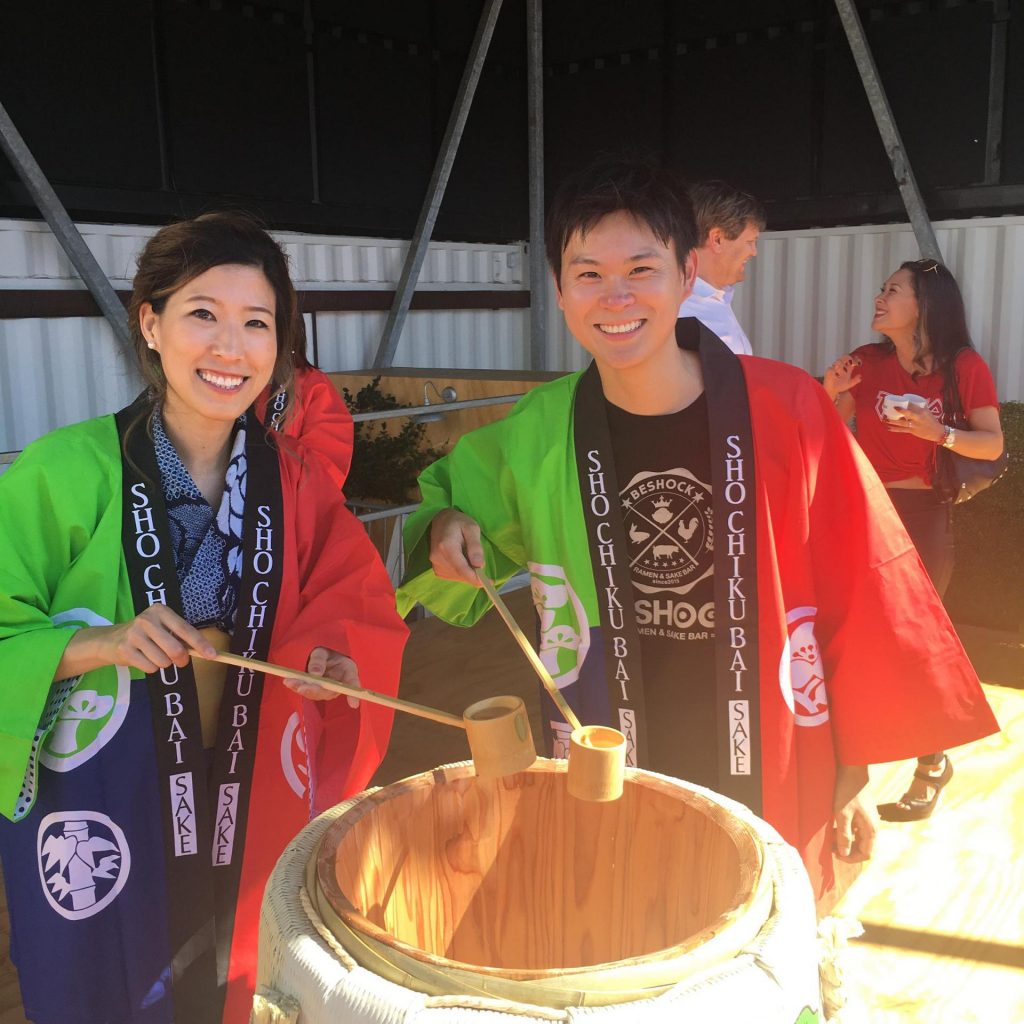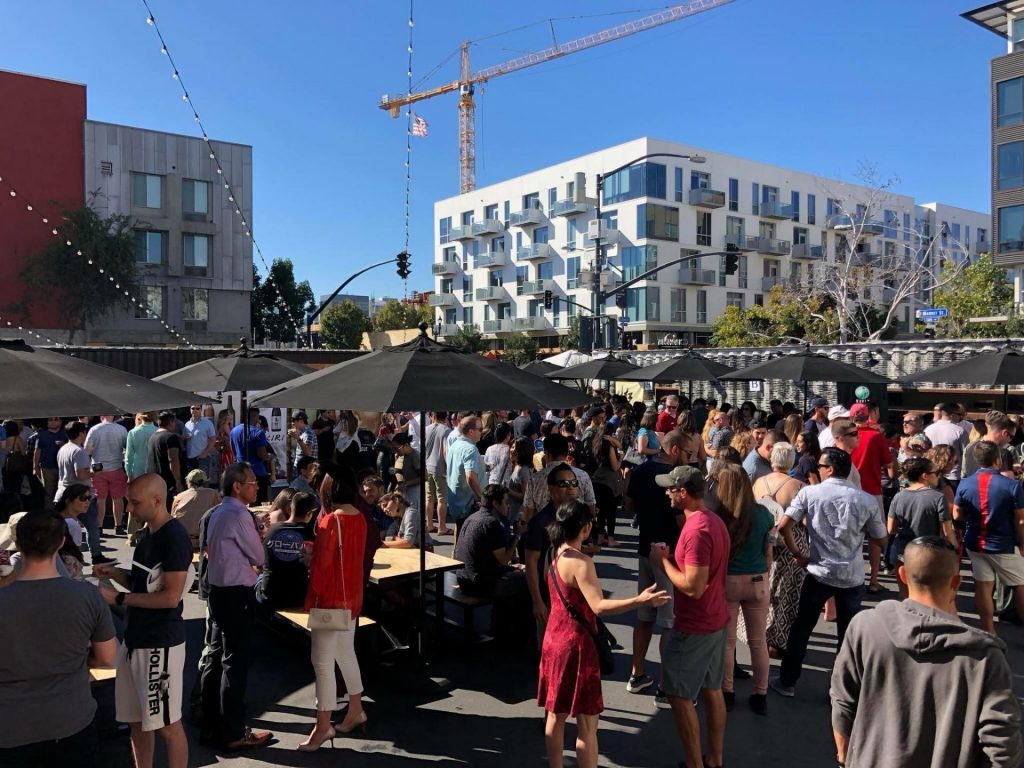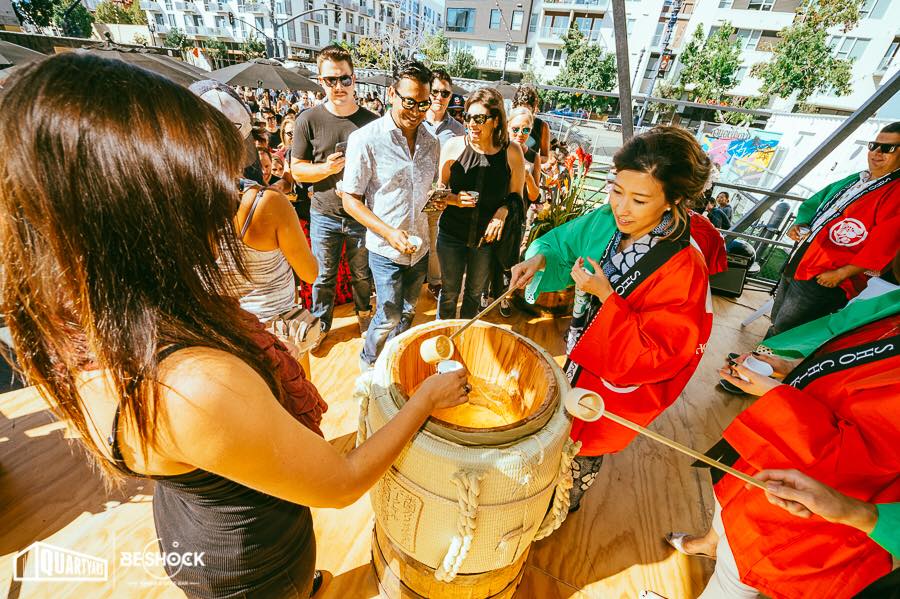In the traditionally male-dominated industry of sake (rice wine), Ayaka Ito is making a difference. The 31-year-old Ito owns BeShock Ramen & Sake Bar, a successful restaurant in the heart of downtown San Diego. Every day at noon, the restaurant starts getting busy with an eclectic crowd of locals and visitors alike—many of whom have never even tasted ramen or sake.
BeShock’s name comes from the Japanese word bishoku meaning “the beauty of food” or “gastronomy.” Within three years, the restaurant has been dubbed “San Diego’s go-to ramen spot” and awarded numerous accolades including 2018 Best Vegan Ramen by Vega in San Diego, 2018 Best Ramen in San Diego by San Diego Ramen Festival and 2017 Best Japanese Restaurant by San Diego Union Tribune. While the ramen side tends to hog most of the spotlight, Ito’s main goal for the restaurant is to advance sake education in the states. On her recent trip back to Japan, we sat down with Ito to discuss what it’s like as a young female entrepreneur in the world of sake.
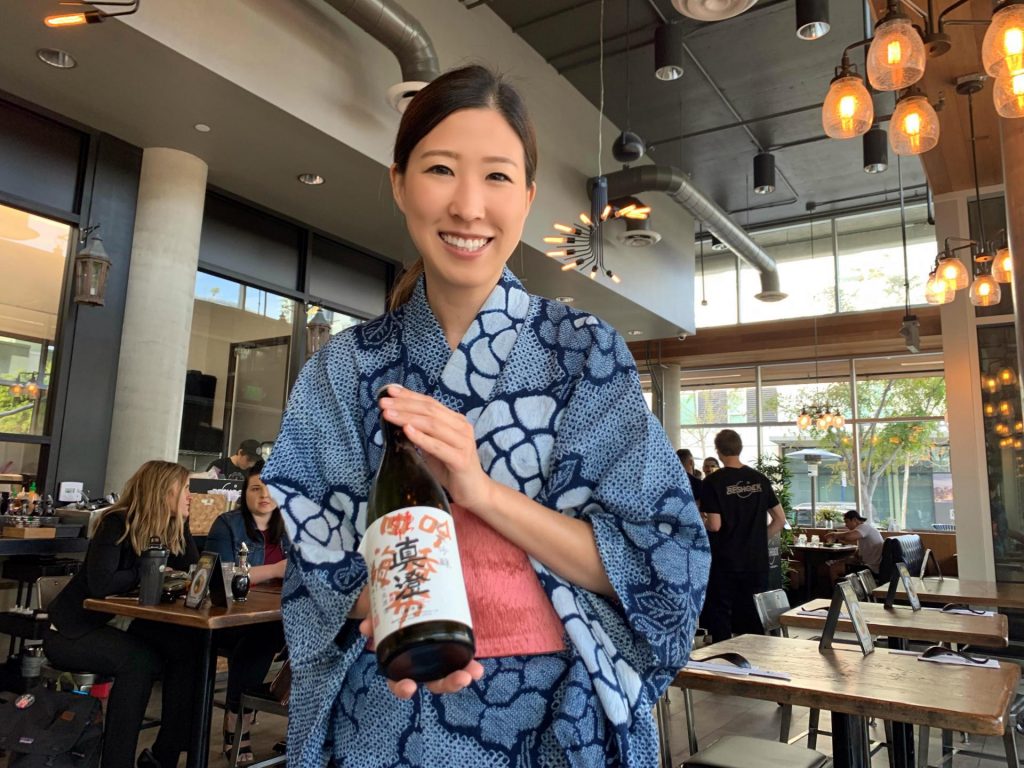
Rie Miyoshi (RM): Sake and San Diego—that sounds like a great, if not random, pairing. What brought you there?
Ayaka Ito (AI): First, I wanted to share my love of sake. I knew it’s still a very niche market in the U.S. so I wanted to challenge myself bringing sake there. I had an idea to open a restaurant, but thought, “How do I get a lot of people to my restaurant?” That’s when I thought of ramen, Japan’s soul food. There are hundreds of ramen shops in San Francisco and L.A. but very few in San Diego so I opened BeShock there in 2016.
RM: Were you already in California prior to this?
AI: No, I’m actually born and raised in Nagoya. I moved to Canada for high school then Hawaii after that for university. After graduating, I moved back to Japan for a while and got my sake certificate there.
RM: What got you into the sake and restaurant business?
AI: It’s funny, I wasn’t exposed to sake until later on in life. During university, I went to South Korea on an exchange program. Then the 3/11 Disaster happened. After finishing my program, I was about to head back to Hawaii to finish up my degree but my mom told me Japan needed help. She brought up an important point—when you live overseas, you’re a representative of Japan. What if people asked me about the aftermath of 3/11? I knew I had to go and see for myself, and help out. So I took a semester off and lived in Minamisanriku in Miyagi Prefecture.
RM: And that’s where you fell in love with sake.
AI: Yes, I was helping the local community and part of my job was encouraging short-term volunteers to support business by purchasing local products including sake. So of course I tasted the sake like Ichinokura and it blew my mind. It reminded me of when I was young, my obaachan (grandmother) would tell me, “You’re too young now, but when you’re older, I can’t wait for you to taste sake—it’s so sweet.”
My volunteer coordinator saw I was interested in learning more about sake so she arranged a visit to the brewery opening for Ichinokura. We took a day trip there and I worked with local vendors to help sell their sake. Even being Japanese, I didn’t know much about this world—younger people tend to drink more beer and cocktails. I wanted to share this hidden gem, especially with my generation and foreigners.
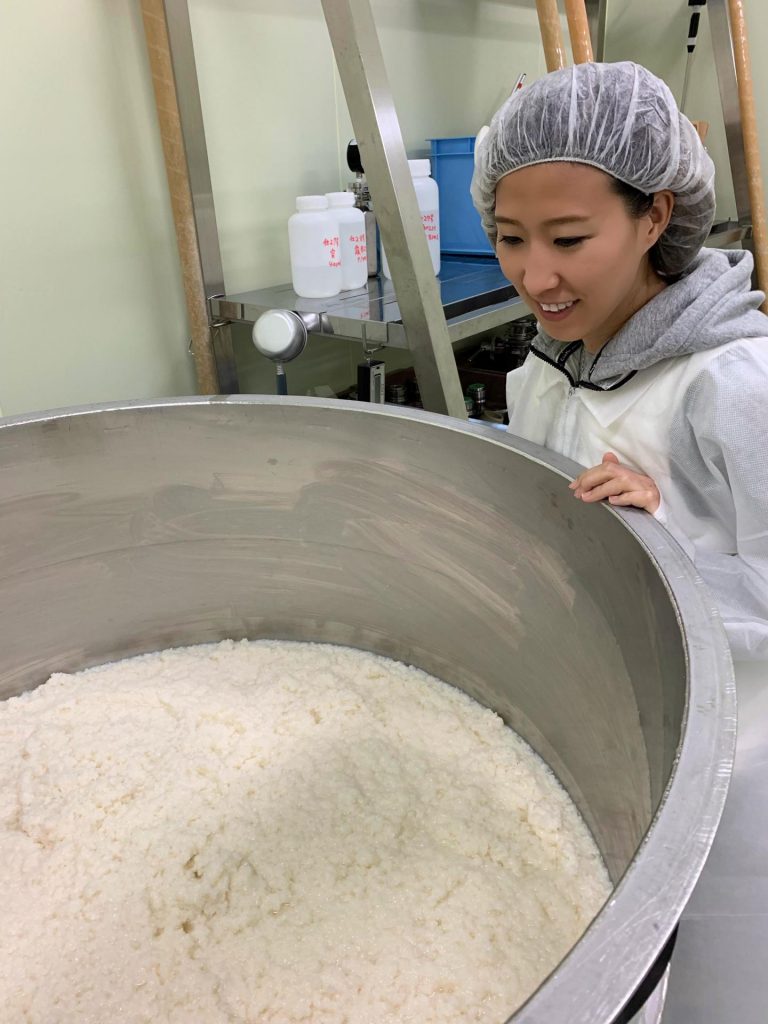
RM: What was the sake certification process like?
AI: It was a three-month program. You are given a textbook and you attend tasting sessions and lectures. I learned the fundamentals such as brewing, categories, flavors, glassware and temperatures of sake you can enjoy drinking. After that, I visited different breweries around Japan including in Niigata, Miyagi and Aichi, my home prefecture. Each brewery has a different story which I wanted to share.
RM: So how did you go from getting a certificate to starting a restaurant in the states?
AI: I thought about staying in Hawaii—I like the weather, I had networks there. But I wanted to challenge myself to a bigger market and visited California. San Diego’s weather was great, plus I saw how Japanese food is still up and coming there. I thought about setting up shop in the Asian district but then I wanted to reach out to people who haven’t tasted sake or ramen, so that’s why we decided to open in downtown San Diego.
RM: “We?”
AI: Yup, my cousin and I started this together. Masaki (Yamauchi) is two years younger than me. A few people were asking us whether we were serious—it looked like we were two kids chasing a crazy idea. We had no experience running a restaurant but we had a clear vision of what we wanted to do, so if people said otherwise or we ran into difficult situations, we didn’t panic. My cousin and I are close and grew up together. He lived with our family during college and went to Kapi’olani Community College in Hawaii, then to California after that.
RM: Your family must have been excited!
AI: My family is made up of very positive people. Growing up, my mother would tell me, “Before you start worrying, give it a try. If you want to try or make something extraordinary possible, then you have to put yourself in that situation—or else only ordinary things will happen.” We won’t die if we fail, so we need to try. My parents were very supportive and my younger sister even came to help set up when we opened.
RM: You make it sound really easy but I’m sure there were challenges starting a restaurant.
AI: Only a small percentage of restaurants survive. Within our neighborhood in San Diego, I see places come and go just within these three years. It’s hard. That’s why my voice is so hoarse now, from talking every day to customers and share about sake and the breweries’ stories. The first three years was really hands on; I had to oversee my employees and restaurant and learn how to manage Japanese vs. American work culture. Every day I would go into the restaurant in the morning and help prep for the lunch rush. The sake vendors drop by after lunch and that’s when we have sake tastings or staff training. Then we get ready for dinner which runs until 10:30 at night. It’s an all-day thing. Honestly, I wouldn’t recommend any one to start a restaurant unless you really know what you want to do.
RM: Did you run into challenges being very different from people around you?
AI: We started this project when I was 27. Vendors would look at me, an Asian girl who looks really young, and ask whether I was sure I knew what I was doing. A lot of times, our customers think I’m the restaurant host! (laughs) I was told many times, “You can’t sell sake and ramen. People might want beer and ramen, but not sake.” My take on this was that we can’t wait for customers to look for this sake and ramen combination: we sell it to them and make them want it. After a while, people realized I was truly passionate about sake. Thankfully, I could use the fact that I’m Asian, female and young to my advantage. We got a lot of free press in the media including San Diego Magazine.
RM: How did the neighborhood welcome you?
AI: There are some politics in the restaurant industry, but I think because I’m so different from most of the other business owners in the area, the vendors didn’t see me as competition. I made sure I was there to bring in different elements to the already existing dining scene and encourage a better community instead of worrying about stealing each other’s customers. Maybe it’s because I’m female, but vendors find it easier to ask me questions. For example, if they’re opening a ramen or sushi restaurant, I help out by organizing their sake menu or staff training.
RM: Do you hold sake workshops or events?
AI: On the first Saturday of every month we have a sake tasting menu where we pair sake with chocolate, cheese or a dinner promoting our head chef. We also introduce Japanese whiskey. I think a lot of times, people think you can only pair sake with sushi or Japanese food but actually, you can pair it with many different types of cuisine. My goal is to educate people to have sake at home with their daily food they’re familiar with. We just got a license to sell by the bottle, so customers can now buy sake to go and have sake become part of their dinner at home like wine.
In 2017, we did something new. October 1 is World Sake Day, and every year people would complain that there’s nothing going on in San Diego so they’d fly to San Francisco or L.A. for sake events. So I hosted a small Sake Day event at my restaurant—80 participants came to the event! The following year, we needed a bigger space, but fortunately, an event space opened up right across the street. They wanted to hold local events—so it was just perfect timing for World Sake Day. I was nervous as it was our first time doing anything like this, but it kicked off well with an attendance of nearly 500 people. We were able to coordinate with different vendors; it’s funny, we’re all in the same industry but some vendors were never formerly introduced to each other so this was a good chance for everyone to connect. The San Diego market is so small, it’s impossible to just focus on your own brand. You have to collaborate. Mainly, I wanted it to be a day to put aside politics and rivalry and purely enjoy sake history, culture and art.
RM: Do you have plans to expand?
AI: Now that I have a concrete team I can trust, I want to launch a new project. I’m looking into brewing my own line of sake. Since I’m close to the brewers, they’re wiling to curate my sake and help select rice. I have this idea of categorizing sake by a “nature” theme: using rice from the mountain area and pairing with sansai tempura or rice from near the river enjoyed with river fish. Rice grown in different regions produce different flavors: earthy, floral, fruity, nutty, an ocean breeze.
We also opened up BeShock Nagoya near Ozone Station in Aichi. The sake elements here aren’t as strong as our San Diego shop but we serve the same ramen. I don’t want to limit myself to the states and hopefully can bring sake to Southeast Asia and Europe. Imagine—Thai food and sake!
We had challenges along the way but I’m thankful we successfully entered our fourth year of business. It’s a good reminder to keep having a clear vision and passion.
BeShock San Diego
1288 Market St., San Diego, CA 92101, United States
Sundays-Thursdays: 11:30 a.m. – 9:30 p.m.
Fridays-Saturdays: 11:30 a.m. – 10:30 p.m.
BeShock Nagoya
Ozono 93 Bldg., 3-14-45 Ozone, Kita-ku, Nagoya-shi, Aichi-ken, 462-0825
Open Everyday
Mondays-Thursdays: 11:30 a.m. – 2 p.m., 5 p.m. – 12 a.m.
Fridays-Sundays: 5 p.m. – 12 a.m.

